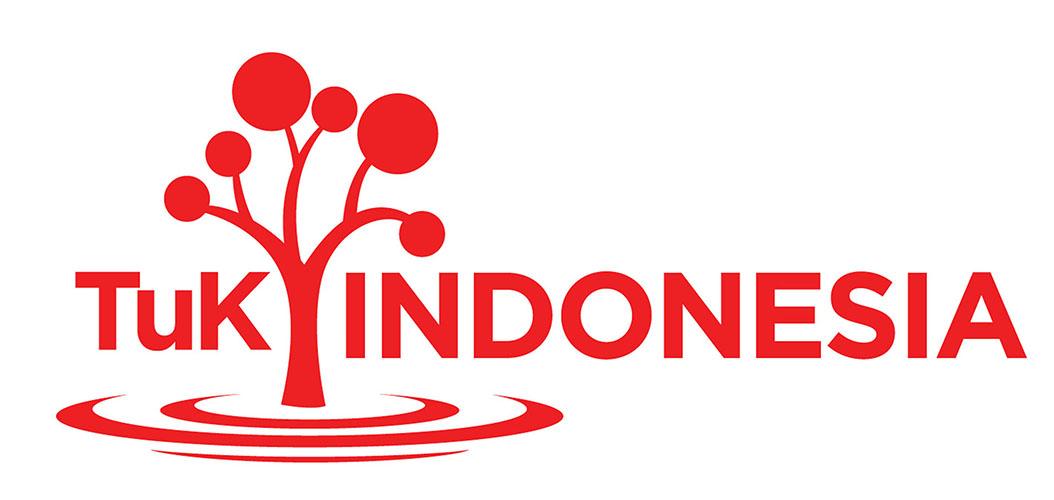2 Maret 2017 2 menit
Mengisi Ruang Perbaikan Roadmap Keuangan Berkelanjutan

Apa yang jelas terlihat pada Roadmap Keuangan Berkelanjutan? Setelah membaca dokumen tersebut beberapa kali, sangat tampak bahwa dokumen itu masih bisa diberi masukan yang konstruktif. Tetapi, bagaimanapun, kita perlu terlebih dahulu menyampaikan rasa kagum kepada mereka yang telah berjasa menyusunnya; dan rasa bangga karena menjadi salah satu negara yang paling awal memiliki roadmap semacam itu.
Kalau kita baca dokumen-dokumen yang diproduksi UNEP Inquiry sepanjang 2015 dan 2016 sebetulnya jelas sekali terbaca bahwa keuangan berkelanjutan maksudnya adalah sistem keuangan yang ditujukan untuk mencapai Sustainable Development Goals (SDGs). Roadmap Keuangan Berkelanjutan kita diluncurkan bahkan sebelum dokumen The Financial System We Need diluncurkan UNEP Inquiry. Padahal, dokumen yang disebut terakhir ini yang dianggap paling otoritatif dalam keuangan berkelanjutan.
Akibatnya banyak. Roadmap kita memanfaatkan model keberlanjutan pilar yang sudah kuno. Kalau misalnya pengertian yang dikaitkan dengan SDGs itu dipergunakan, maka model keberlanjutan nested itu yang seharusnya dimanfaatkan. Demikian juga, dengan melihat SDGs sebagai tujuan, maka mitigasi dan adaptasi perubahan iklim seharusnya hanya menjadi salah satu saja komponen yang menjadi dasar perhitungan kebutuhan keuangan berkelanjutan.
Roadmap menyatakan kebutuhan keuangan berkelanjutan antara 2015-2019 adalah Rp314 triliun per tahun. Mengingat anggaran publik di Indonesia yang mencapai lebih dari Rp2000 triliun per tahun, rasanya jumlah itu kelewat kecil. Apalagi, anggaran swasta sesungguhnya lebih besar lagi. Ketika Ulrich Volz menghitungnya di tahun 2015, nilai yang masuk akal adalah Rp3.990-7.049 triliun per tahun untuk seluruh sektor yang perlu segera dibuat berkelanjutan. Mengapa demikian? Karena Roadmap hanya menghitung kebutuhan untuk menurunkan emisi. Itupun dihitung dengan data biaya penurunan emisi yang lama. Belum ada perhitungan untuk adaptasi, juga belum ada perhitungan untuk Tujuan-Tujuan SDGs lainnya.
Seperti yang dinyatakan Mark Carney, Direktur Bank of England, “green finance cannot be a niche,” melainkan harus menjadi arus utama. Karenanya, perbaikan Roadmap harus ditujukan agar keuangan berkelanjutan diberlakukan untuk seluruh sektor.
Penulis: Jalal
This post is also available in: English
